What Is Talent Relationship Management? The Process in 7 Steps
Analytics in HR
NOVEMBER 22, 2023
Decrease in time to hire or fill: Though it takes time to nurture relationships, you can quickly access these candidates when positions open up, which lessens the time spent screening resumes. Onboarding Onboarding takes place during the new hire’s first day of employment. HR orients new employees with the company policies.







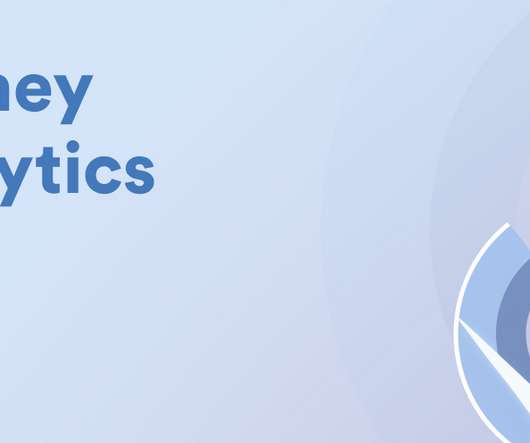
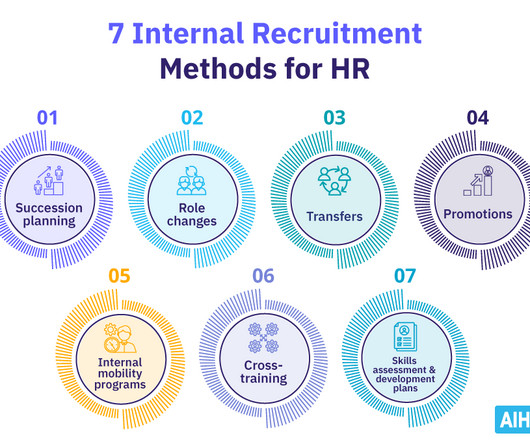

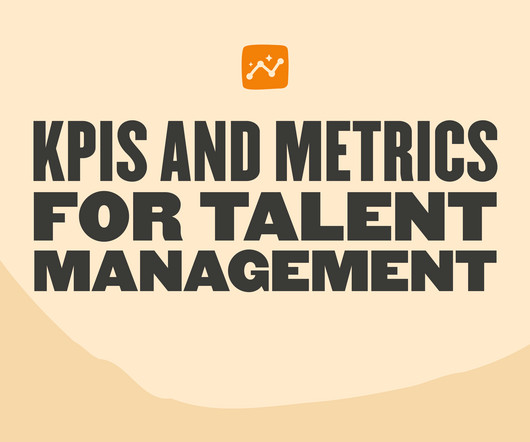















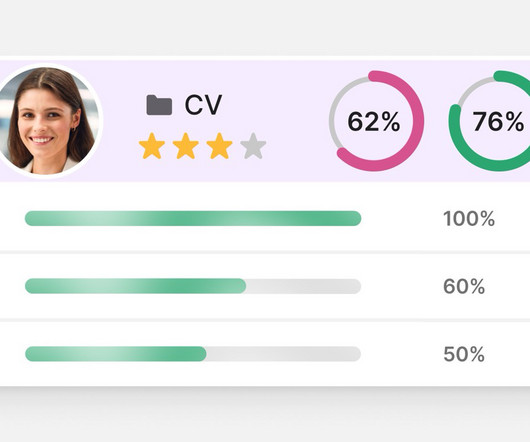
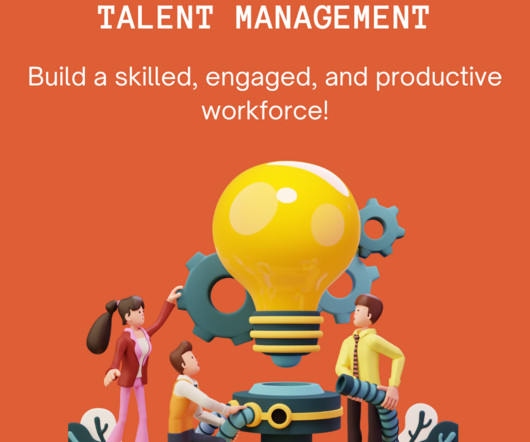




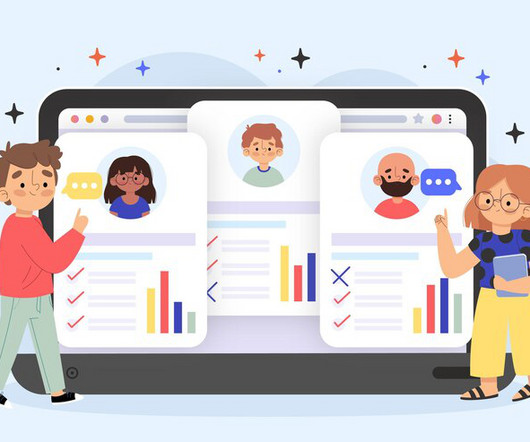



















Let's personalize your content